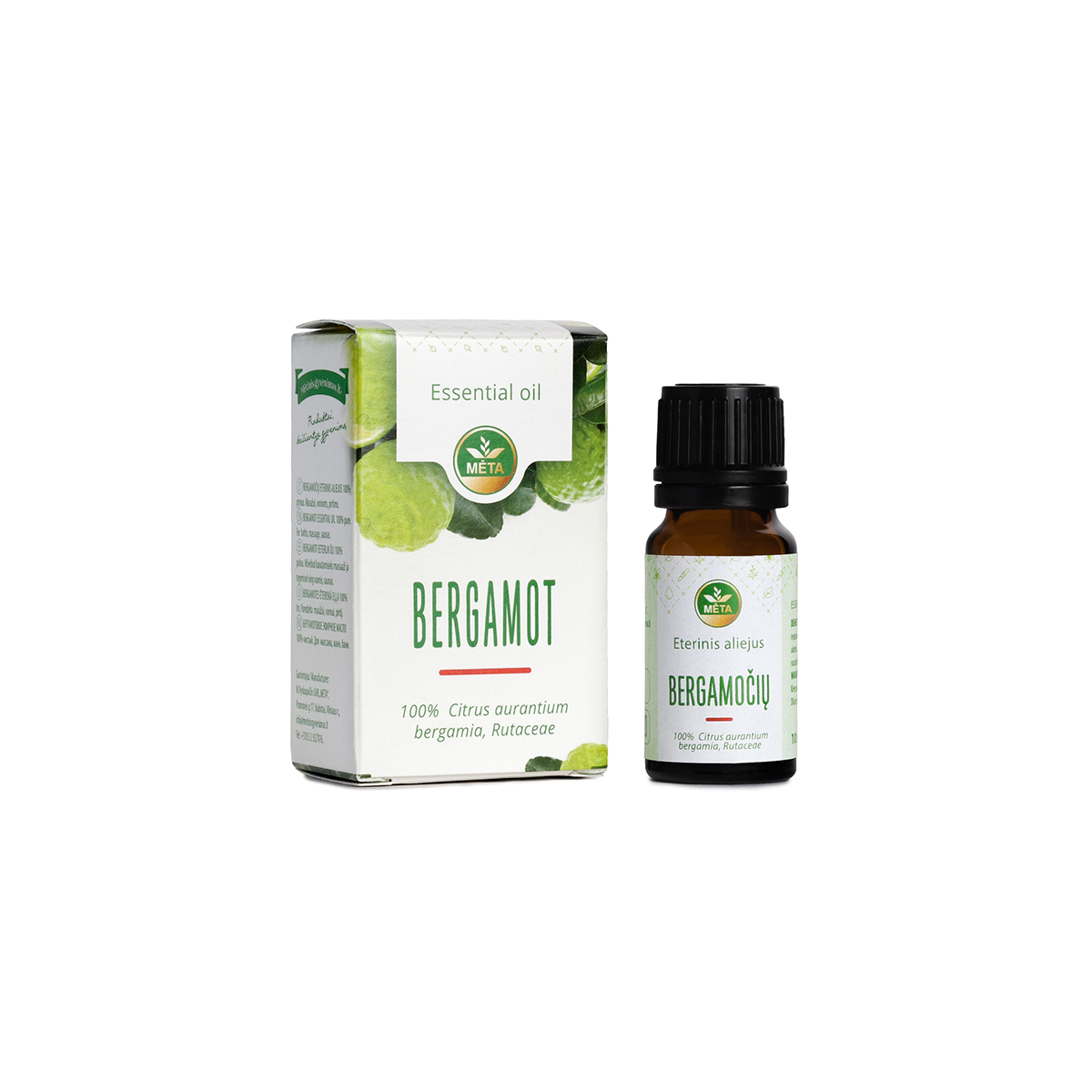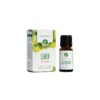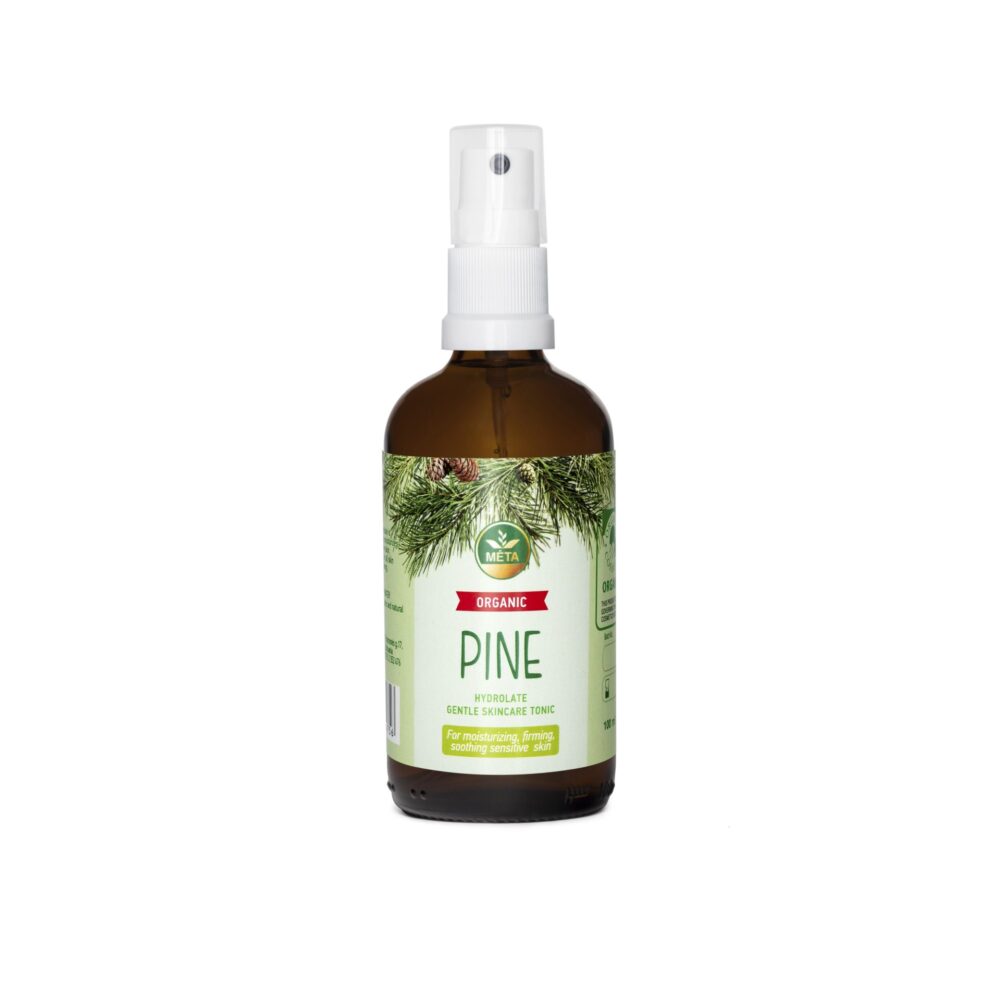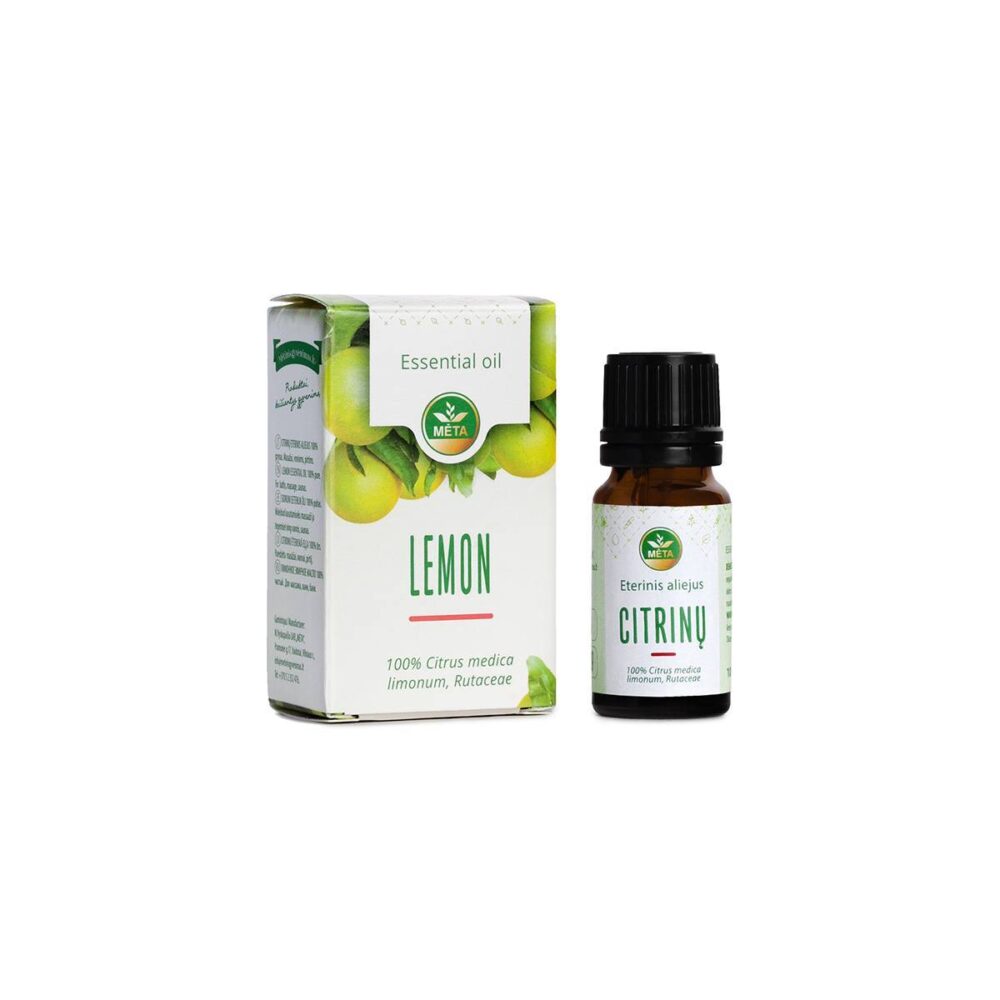All rights reserved
“MĖTA” Bergamot essential oil is 100% plant odor obtained by cold-pressing of Citrus aurantium bergamia peel. Bergamot essential oil has a rich, sweet, green fruit scent, which is one of the highest perfume notes – the intensity of the scent lasts up to 24 hours.
The origin of “MĖTA” Bergamot essential oil is Sicily.
Bergamot is a type of citrus fruit similar to the bitter orange. The origin of the name is most likely related to Bergamo, Lombardy, where the fruit was sold. Essential oil was first produced in Italy in the early 18th century, and since then bergamot oil has become one of the most important fragrances. It is a key ingredient in cologne and is also used in lotions, creams, perfumes, sweets and soaps. Bergamot oil gives for Earl Gray tea a distinctive flavor.
Bergamot oil is present in many cosmetic products today for the care of oily, blackened skin: the active ingredient in the oil, limonene, has also been shown to be a mild antiseptic, and it also tightens and nourishes the skin.
Bergamot essential oil is a classic ingredient: for the production of oily skin tonics, perfumes and colognes. Due to the pleasant smell of fruit, it is used in cosmetics manufacturing, for flavouring: soaps, bath extracts, sea salts, etc.
Bergamot essential oil is widely used to flavor food.
At home, during room cleaning, bergamot essential oil is used to remove unpleasant odors (burns, tobacco, pets) and to disinfect the room.
Perfect for use with:
Horseradish, Basil, Cedar, Chamomile, Sage, Coriander, Cypress, Juniper, Lavender, Lemon balm, Neroli, Pine, Rosemary essential oils. More»
References
1. R. Tisserand, R. Young, E. M Williamson “Essential Oil Safety. A Guide for Health Care Professionals”, Churchill Livingstone ELSEVIER, 2014
2. R. Balz “The Healing Power of Essential Oils”, LOTUS LIGHT SHANGRI-LA, Twin Lakes, 1996
3. J. Lawless, The Encyclopedia of Essential Oils (Updated Edition), London: Harper Thorsons, 2014
4. B.M. Lawrence, Essential Oils 1981-1987 (Wheaton: Allured Publishing, 1989), 39-40.
5. P.Dugo, L. Mondello, E. Sebastiani, et al., Identification of Minor Oxygen Heterocyclic Compounds of Citrus Essential Oils by Liquid Chromatography-Atmospheric Pressure Chemical Ionisation Mass Spectrometry. (Journal of Liquid Chromatography & Related Technologies 22, 1999), 2991-3005.
6. B.M. Lawrence, Progress in Essential Oils, Number 2. (Perfumer & Flavorist 25, 2000),
46-49. SCCP, Opinion on Furocoumarins in Cosmetic Products. (Scientific Committee on Consumer Products, 13-Dec.-2005), SCCP/0942/05.
- Л.ГДудченко, Г.П.Потебня, Н.А.Кривенко «Ароматерапия и аромамасаж», «Максимум», Киев, 1999















Reviews
There are no reviews yet.